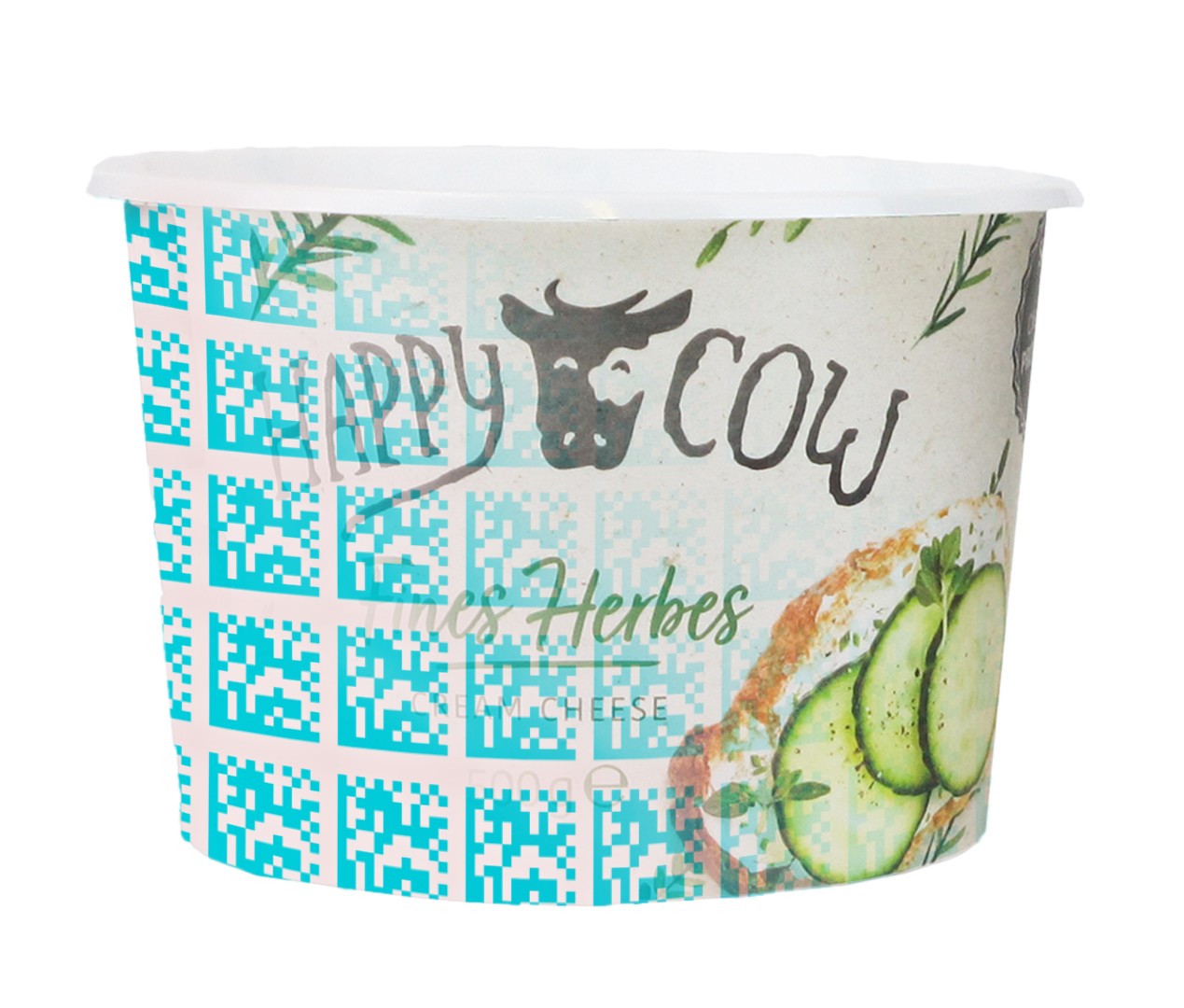IN EFFORTS to achieve circular economy goals, AIM, the European Brands Association and its partners across the packaging value chain, unveiled the Digital Watermarks Initiative HolyGrail 2.0 that will prove the viability of digital watermarking for sorting waste at scale.
HolyGrail 2.0 is the next phase, following the HolyGrail 1.0 Pioneer Project introduced by Procter & Gamble under the New Plastics Economy (2016-2019).
The pioneer project resulted in proof-of-concept on a protype machine that seeks to address one of the packaging industry’s biggest hurdles to circular economy – sorting of post-consumer waste.
The HolyGrail 2.0 will now assess the viability of digital watermarking for sorting post-consumer packaging waste at greater scale. This pilot explores how tagging of packages embedded with chemical tracers and digital watermarks can contribute to more accurate sorting and high-quality recycling of packaging.

(Photo: Mondi)
Packaging tagged with digital watermarks
Digital watermarks have the potential to revolutionise the way waste is sorted and recycled, increasing the commercial value of waste so that it can be reused again as a resource, according to its innovators.
Invisible to the naked eye, postage stamp sized watermarks on packaging make it possible to sort the material into specific waste streams. Conventional sensor technologies (e.g. near infrared spectroscopy) are not able to reliably identify multi-material packaging, so they can end up as contaminants when recycling mono-materials. With this new technology, it becomes possible to separate materials more accurately and generate new waste streams, which then can be recycled with enhanced recycling technologies. For instance, it can distinguish between food and non-food packaging or between mono and multilayer flexible packaging.
These digital watermarks also provide other opportunities. For example, consumers can use a smartphone app to find details about the packaging and how to recycle it, and brand owners can add product details as well.
Mondi, a global leader in packaging and paper, was as a founding member of the pioneer project.
Graeme Smith, Head of Product Sustainability for Flexible Packaging and Engineered Materials, Mondi, explained: “As members of the Ellen MacArthur Foundation’s New Plastics Economy, we were part of the initial team to bring the Pioneer Project, HolyGrail, to life. At Mondi, we believe packaging should be sustainable by design and we see the need to improve the sorting and separation of packaging waste as part of a circular economy. Digital watermarks have the potential to make this a reality. Improved recycling will increase the value of packaging waste, driving higher collection rates and making it a valuable commercial resource for the future.”
As HolyGrail 2.0 progresses, Mondi can contribute to its success by validating digital watermarks with partners along the value chain. Mondi will be conducting full-scale industrial trials with key customers in the near future.
Sources:

 iConnectHub
iConnectHub
 Login/Register
Login/Register Supplier Login
Supplier Login



























